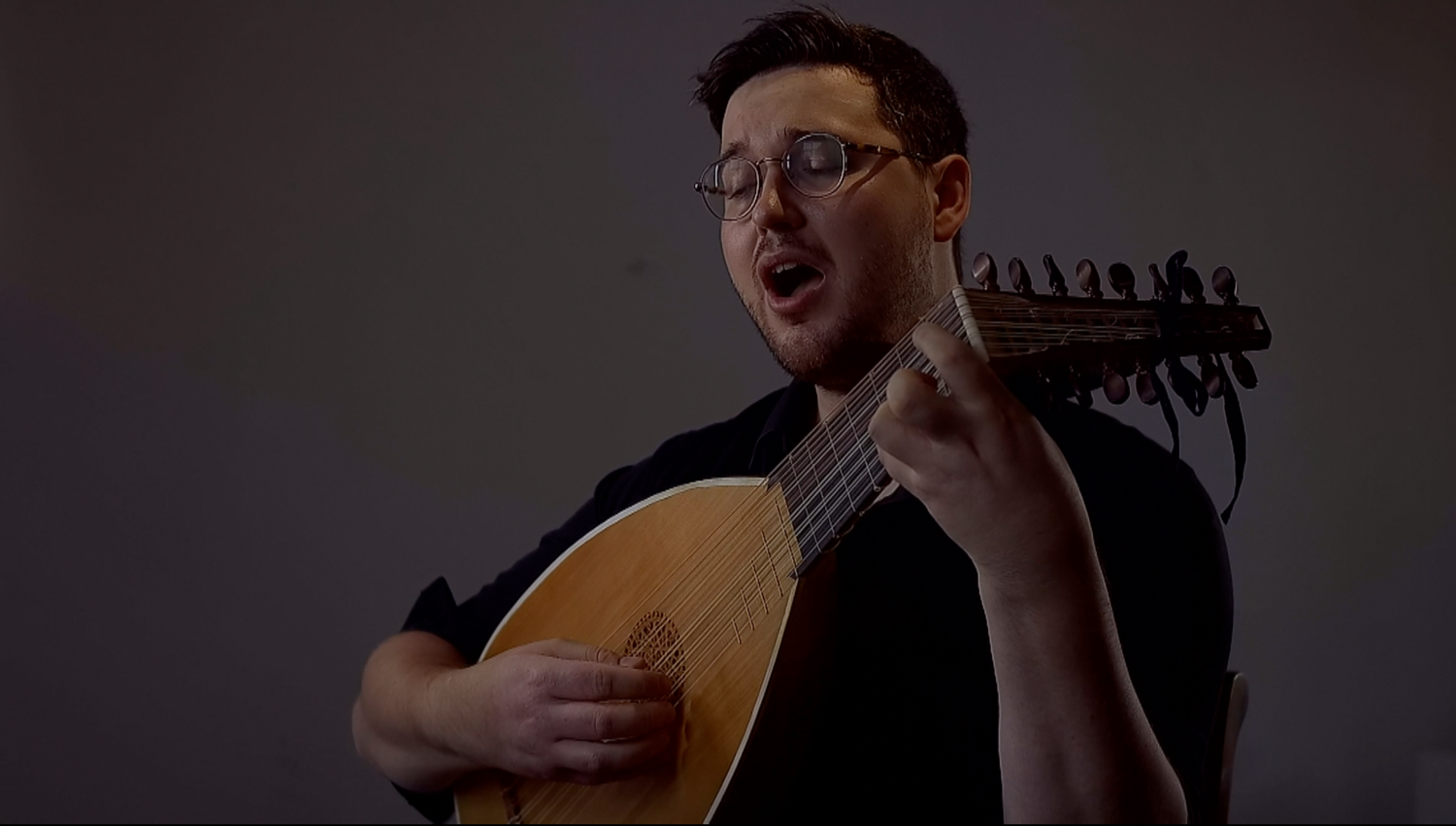Adriano Banchieri’s ‘Hundred Passaggi’:
- Tim Braithwaite

- Apr 28, 2021
- 3 min read
‘The hundred passaggi above, all having been printed in various works by modern authors, have been assembled with much study and diligence. They have not been named for two reasons: first, in order not to enlarge this volume; secondly, many have written similar, so that any virtuoso who finds some here that have been published by him can say, “those are mine,” having changed the words.
I have not found the memoria written out, instead I composed them from the passaggi so that they will be useful for beginners to study, in order to learn the method of singing with passaggi and accenti in use today.
Those of the soprano, alto, and tenor can be applied interchangeably, such as for example, the soprano [sung] an octave lower changes into the tenor, and similarly the tenor an octave higher changes into soprano. The contralto an octave lower becomes the bass, and becomes the soprano a fourth higher, and finally the bass a fifth or fourth above becomes tenor. They can also be transposed to various other notes.
Having these in mind, a clever singer, finding himself with a part in hand accompanied by organ or another instrument, can sing the [appropriate] passaggi when he encounters simple notes similar to the memoria we have seen. This will make a good effect, and the graceful singer will acquire a good reputation
They make a good effect when singing them in two voices in order to make them familiar to the ear. That is, for the purpose of study, the teacher sings the memoria and the student the passaggio at the same time, both of them together.
Finally, the young composer may change the Latin words into the vernacular, and the vernacular into Latin, and can make others with these clear examples.’
‘I cento Passaggi suddetti, tutti vengono stampati sparsamente in Autori moderni, con sommo studio, & diligenza raccolti, non vengono nominati per dua rispetti. Primo per non agrandir il volume, secondariamente molti hanno fatto un istesso, si che ciascun virtuoso che ne ritrovi da lui impressi potrà dire questi son miei, havendo mutato le parole.
La Memoria non hò trovata scritta má da me composta sopra il Pasaggio, che servira tal studio, a gli principianti aprendere il modo di far cantare le parte passaggiate & accentuate all’uso odierno.
Quelli del Soprano, Alto, & Tenore si possono aplicare scambievolmente, come per esempio gli Soprani all’Ottava sotto si cangiano in Tenori, & parimente gli Tenori un’Ottav sopra si mutano in Soprani, si come gli Contralti un Ottava sotto fatanno Bassi,& una Quarta sopra Soprani, & per ultimo gli Bassi una Quinta ò Quarta sopra saranno Tenori, potendosi ancora trasportare in deverse corde.
Havendogli alla mente, ritrovandosi un accorto Cantore una parte in mano sopra l’organo ò altrove, trovando le note semplici simile alla Memoria veduta potrà farvi il Passaggio, qual farà buono effetto & il leggiadro cantante ne acquisterà reputazione.
Cantandogli a Due voci così per praticargli & farvi l’orecchio, fanno buono effetto, cioè per studio il Maestro canti la Memoria & il Discepolo il Passaggio nell’ istesso tempo amendui insieme.
Il Novello compositore per ultimo potrà mutare le parole latine in volgari, & le volgari in latine, & farne anco de gli altri con questo lume esemplare’
*Notes*
Adriano Banchieri, Cartella Msicale Nel Canto Figrato, Fermo, & Contrapunto, Third Edition (Venice: Giacomo Vincenti, 1614). My translation.
Many thanks to Massimo Raedaelli and Bruce Dickey for pointing out some of sillier mistakes in my translation.
Below can be seen the 100 passaggi, divided into 25 passaggi per voice.


















Comments